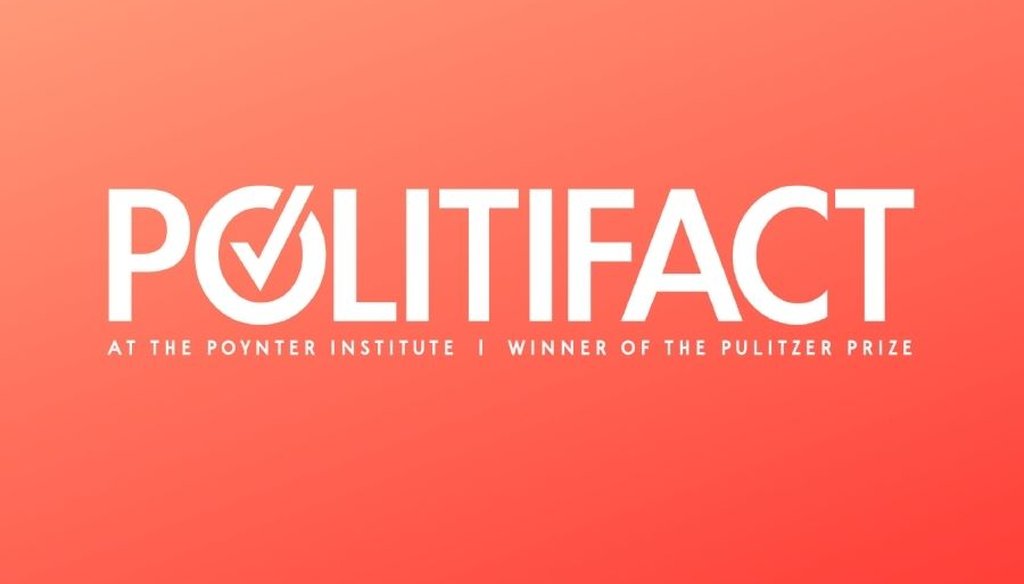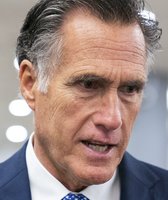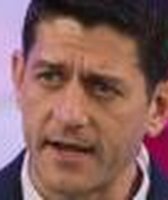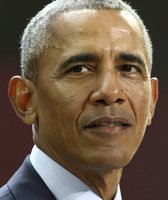Stand up for the facts!
Our only agenda is to publish the truth so you can be an informed participant in democracy.
We need your help.
I would like to contribute

Obama earned a Promise Kept for getting tax breaks for plug-in hybrids like this Toyota model.
Barack Obama promised a future of green cars.
"I'll help our auto companies re-tool, so that the fuel-efficient cars of the future are built right here in America," he said when he accepted the Democratic nomination for president in 2008.
The green car, shorthand for pretty much any car that uses less gasoline or diesel fuel, was a talking point for Obama when he discussed his plans to wean the country off foreign oil.
It also became part of his blueprint for the economic recovery: He pumped stimulus money into the production of fuel-efficient vehicles -- and created new manufacturing jobs in the process.
Green cars are hybrids such as the Toyota Prius, plug-in hybrids like the Chevy Volt, all-electric cars like the Nissan Leaf, plus a host of new vehicles designed to run on emerging fuels made from plant leaves, compressed natural gas and the starch in corn kernels. Even vehicles with conventional internal combustion engines can be green, so long as they guzzle fewer gallons per mile and release pollutants into the air at a lower rate.
Green cars offer the possibility of lowering the country’s greenhouse gas emissions from transportation while also making the United States less dependent on foreign oil.
Nearly four years later, there are more green cars on the road, but nowhere near as many as Obama’s campaign rhetoric once suggested. He has made progress but run into difficulties because of the sluggish economy and uneven advances in technology.
Professor Elton Cairns, who researches fuel cells and electric vehicle batteries at the University of California, Berkeley, said he came away from the 2008 election expecting greater involvement from the state and federal governments in developing green cars.
It’s easy for politicians to talk about plug-in hybrids and electric cars, he said, but "if having an electric car and having energy independence was truly a high priority, then we would spend a lot more money on these technologies."
At PolitiFact, we’ve tracked progress on 508 promises from Obama’s 2008 campaign. Of the 11 related to green cars, we rated five broken, four kept and one compromise.
Transforming the federal fleet
One area where Obama’s green-car agenda came up short was the federal government’s own fleet. Half of all new federal vehicles were supposed to be either plug-in hybrids or all-electric cars. Obama also promised to make all federal vehicles "fuel flexible" -- capable of using both gasoline and an ethanol blend with some gasoline. And all White House vehicles were supposed to be plug-in hybrids by the end of Obama’s first year in office. We rated those promises broken, broken and broken.
Although Obama didn’t deliver on those specific promises, he did get some results on shifting the federal fleet away from pure diesel or gasoline. Government data released so far shows that between 2009 and 2011, half of all new federal vehicles ran on alternative fuels, electricity, or a mix of electricity and conventional fuel.
Obama made the biggest gains on conventional hybrids, which went from an average of about 1 percent of new fleet purchases under President George W. Bush to about 7 percent under Obama.
The tax collector, the lender and the green car
Obama’s biggest successes came in providing tax breaks and loans.
In one campaign promise, Obama said he would use tax credits and loan guarantees to boost production of fuel efficient cars. We gave this a Promise Kept. In another campaign promise, Obama said he would provide tax credits to consumers who buy plug-in hybrids. We gave this a Promise Kept.
Obama promised to double the federal funding that goes to researching clean fuels, and he far exceeded that goal, so we rated that a Promise Kept. He also pledged to expand production of cellulosic ethanol -- a relatively new type of biofuel made from wood chips, switchgrass and other plant material -- but the industry is so far behind federal projections that we rated it a Promise Broken. On a related pledge about investing in advanced biofuels and establishing a more aggressive industry target for long-term biofuel production, we gave Obama a Compromise because he provided some support but didn’t deliver on a new target.
Obama vowed to establish a national low-carbon fuel standard, with performance targets for reducing carbon dioxide emissions related to the entire life of a transportation fuel -- from the cornfield to your gas tank. Although this was an interest of Obama’s as a senator, we didn’t find any evidence that he pursued this policy as a president, so he earned a Promise Broken.
Finally, he said he would promote green cars by calling for stricter fuel standards. In our interviews and research, we heard repeatedly that this was Obama’s biggest achievement in fuel efficiency. The fuel economy standards for 2012-2016 have "directly resulted in the manufacture and sale of many more fuel-efficient vehicles," said Peter Fontaine, a lawyer who represents companies in the clean technology sector.
These achievements earned Obama another Promise Kept.
Said Jay Friedland, legislative director for the electric-car advocacy group, Plug In America, "The new fuel economy standards will go further to get electricity into cars than almost anything in the last 20 years."
Our Sources
See Obameter items.

























